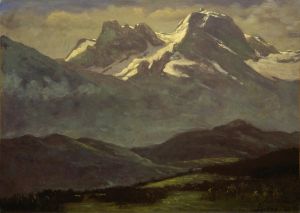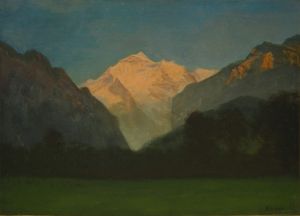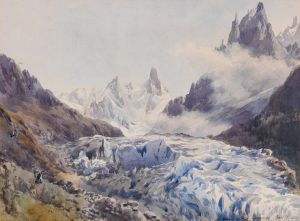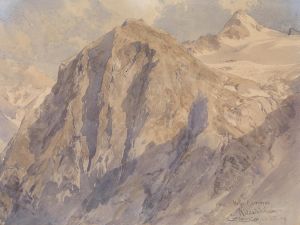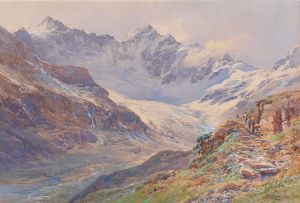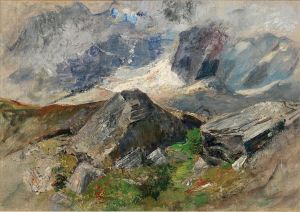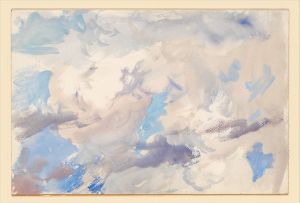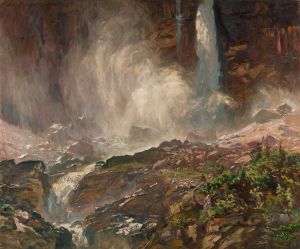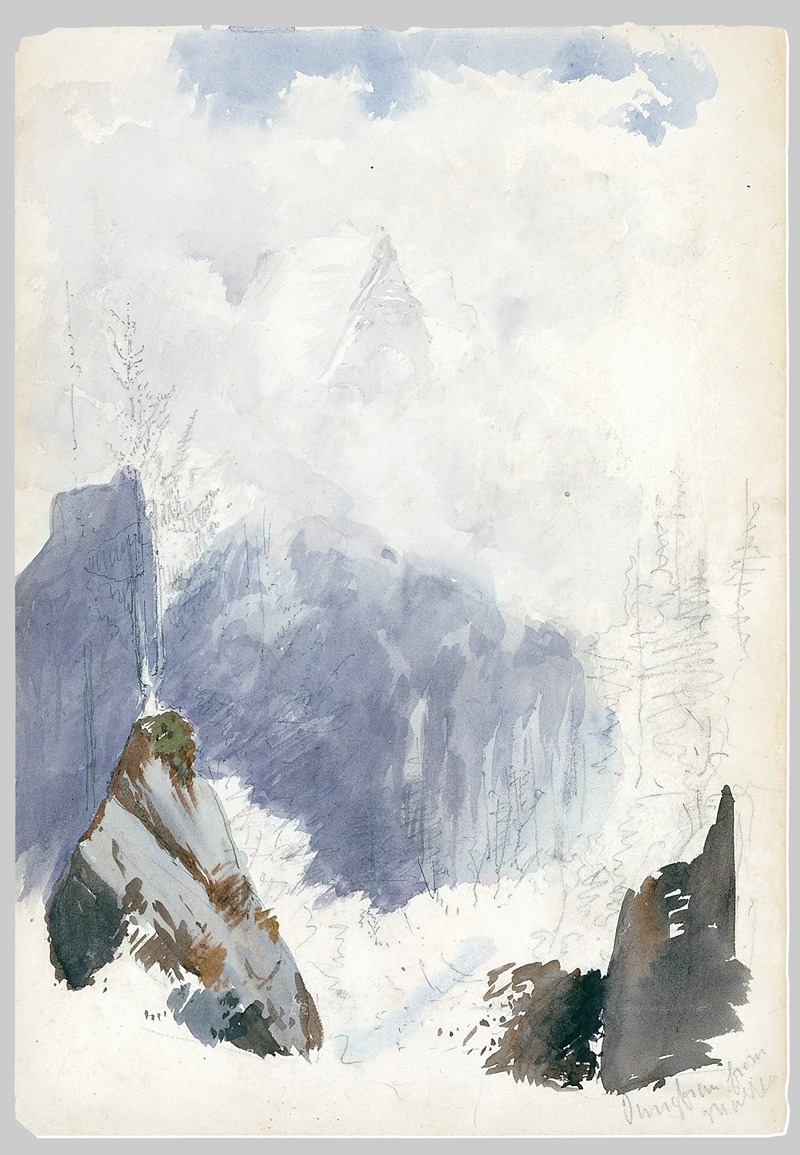
Matterhorn from Zmutt Glacier, Zermatt 2
A hand-painted replica of John Singer Sargent’s masterpiece Matterhorn from Zmutt Glacier, Zermatt 2, meticulously crafted by professional artists to capture the true essence of the original. Each piece is created with museum-quality canvas and rare mineral pigments, carefully painted by experienced artists with delicate brushstrokes and rich, layered colors to perfectly recreate the texture of the original artwork. Unlike machine-printed reproductions, this hand-painted version brings the painting to life, infused with the artist’s emotions and skill in every stroke. Whether for personal collection or home decoration, it instantly elevates the artistic atmosphere of any space.
John Singer Sargent, an American expatriate artist renowned for his portraits, also created a number of landscape paintings that capture the beauty and majesty of nature. One such work is "Matterhorn from Zmutt Glacier, Zermatt 2," which showcases his skill in depicting the dramatic landscapes of the Swiss Alps.
Sargent was born on January 12, 1856, in Florence, Italy, to American parents. He spent much of his life in Europe, where he developed his artistic talents. Although he is best known for his portraiture, Sargent had a deep appreciation for landscapes and often painted en plein air, a practice that involves painting outdoors to capture the natural light and atmosphere of a scene.
The Matterhorn, one of the most iconic peaks in the Alps, has long been a subject of fascination for artists and adventurers alike. Located on the border between Switzerland and Italy, the mountain rises to 4,478 meters (14,692 feet) and is known for its distinctive pyramid shape. The Zmutt Glacier, from which Sargent painted this view, is situated on the Swiss side of the mountain, near the village of Zermatt.
Sargent's painting "Matterhorn from Zmutt Glacier, Zermatt 2" is part of a series of works he created during his travels in the Alps. These paintings reflect his interest in capturing the interplay of light and shadow on the rugged terrain, as well as the serene beauty of the natural world. Sargent's technique in these works often involved loose brushwork and a keen attention to the effects of light, which allowed him to convey the grandeur and scale of the landscape.
The painting itself is a testament to Sargent's ability to render the sublime qualities of the alpine environment. The Matterhorn looms majestically in the background, its sharp angles and snow-capped peak contrasting with the softer forms of the surrounding landscape. The glacier in the foreground is depicted with a sense of movement and texture, capturing the dynamic nature of the ice as it flows down the mountain.
Sargent's landscapes, including "Matterhorn from Zmutt Glacier, Zermatt 2," are less well-known than his portraits, but they demonstrate his versatility as an artist and his deep appreciation for the natural world. These works provide insight into his artistic process and his ability to convey the emotional impact of a scene through his use of color, composition, and brushwork.
Throughout his career, Sargent's work was celebrated for its technical skill and artistic innovation. He was a member of several prestigious art institutions, including the Royal Academy of Arts in London and the National Academy of Design in New York. His landscapes, while not as commercially successful as his portraits during his lifetime, have since gained recognition for their contribution to the genre and their reflection of Sargent's artistic vision.
"Matterhorn from Zmutt Glacier, Zermatt 2" remains an important part of Sargent's oeuvre, illustrating his ability to capture the essence of a place with both precision and emotion. The painting continues to be appreciated by art historians and enthusiasts for its depiction of one of the world's most famous mountains and its demonstration of Sargent's mastery of landscape painting.





